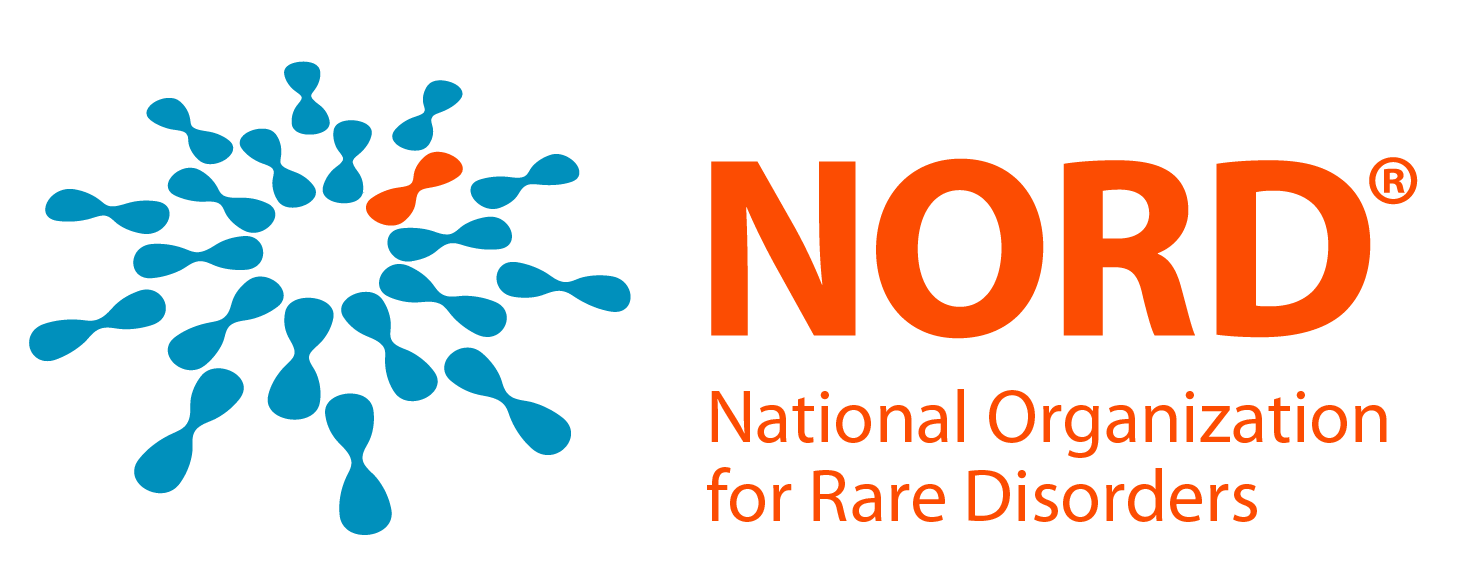I was five years old, excitedly cheering on my mother at her softball game at City Park ball fields in Fort Collins, Colorado. She hit the ball and I jumped and cheered with the others in the bleachers. Then, my life changed. I slipped and fell through the bleachers. Climbing back up, lifting my pant leg, the tear in my shin was horrifying. Off to the first of what would soon be more trips to the ER than I can remember.
At the ER, doctors scratched their heads as they tried to stitch the skin back together, but it just continued to tear. Thank goodness one of the doctors there had been keeping an eye on me and some of my previous bruising incidents. He realized this was abnormal and somehow thought to use the mattress stitch. It seemed from that moment on, my life was a series of bruises, ace bandages and stitches. We couldn’t go anywhere that didn’t have a hospital nearby! Although I was diagnosed at age five, I did not become aware of the impact Ehlers-Danlos syndrome had on daily living until I was 48.
There was another instance where I remember I was so excited for a special trip to ride a train. Getting on the train, my foot slipped, the stair front caught my shin, and there we were again! The train ride would’ve been too long with a cut like that, so a kind bus driver let my dad and I squeeze into a full bus, front seat so I could prop my leg up. My mom rode the train by herself and caught up to us at the hospital. There are so many stories like that that I could write them forever.
There was also the bendy body, which made me the talk of the school! I could twist my arm all the way around, my legs and arms bent backward and could push my thumb back to my wrist. About this time also came the dreaded shin guards – how could the new kid at school try to blend in with big, bulky shin guards on? My parents couldn’t stand to see me get more stitches, so they had special skin guards designed to protect me physically, but emotionally there was really nothing that saved me. I was teased and poked, even by my teachers. I remained known as the squishy girl who bruised easy, nicknamed, “Squish” and “Bruiser”. At age twelve, thoughts of suicide were slipping in, then came alcohol, which led to several trips for more stitches.
My poor parents received so many late-night calls about my injuries. It had to be awful to get so many of those calls from a college student a full state away. Yet somehow, I bumbled through and received a BA in education. A year out of college, alcohol quit working, Ehlers kept being Ehlers and I got sober and joined a sober softball league. I got less clumsy as well, as stitches came less often, but were replaced over time by herniated discs, torn Achilles, out of joint hips and lots of aches and pains. Finally, at around the age of 42, I took a ball to the face; my stitch free streak was a strikeout! I had to get 14 stitches between the eyes. As I’ve trudged through the past few years, I have suffered fatigue, panic, anxiety, no sleep and migraines. A doctor sent me to therapists and gave me anti-anxiety meds, but nothing was relieving any of it.
One day a Pinterest pin popped up showing 31 facts about Ehlers-Danlos. As I read, answers came flooding to me. The doctors that diagnosed my dad and I were looking retired, and to the doctor I was a horse, not a zebra. So, the past two years have been rediscovering all about 49-year-old me! I have found a doctor that is well versed in Ehlers and am taking Plaquenil for fatigue relief.
As life brings changes, I continue to discover more symptoms and finally some medical professionals who listen and get it. The past couple of years have also really increased my ability to reach out and ask for help. I was directed to a nurse practitioner in the mental health department who prescribed quetiapine, extended-release medicine that not only allows me sleep, but also controls daytime anxiety and has been amazing.
I’m in a Beachbody workout group, can do some weights and yoga (the super bendy part of Ehlers make for some freaky looking yoga poses!). I will be going to a physical therapist (who has Ehlers) in hope of finding ways to relieve thumb joint pain. I invested in a thumb brace recently, and at the end of my day of teaching online, I wear it and it provides tremendous relief. Now I’m here in the present moment, finally able to use my knowledge and experience as a springboard to become better!
The National Organization for Rare Disorders (NORD) is committed to telling the stories of patients and families with rare or undiagnosed diseases and helping them live their best rare lives. If you would like to share your story, contact NORD here.




